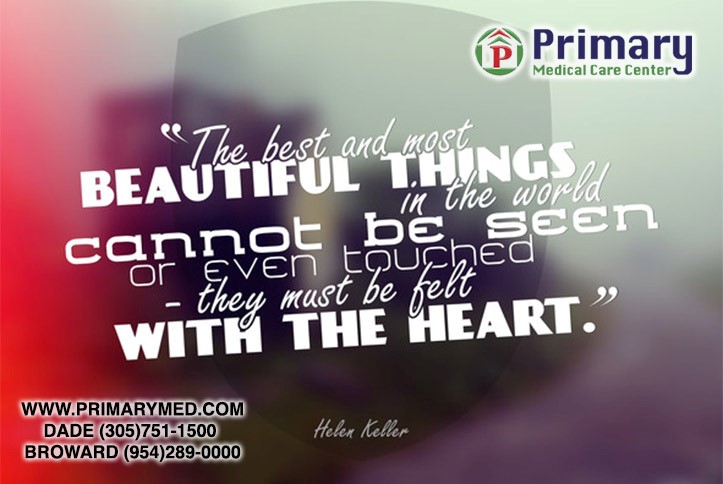Since 1984, after a proclamation by President Ronald Reagan, Americans have observed National Helen Keller Deaf-Blind Awareness Week, during the month of June, as an advocacy campaign to “inspire people to look for those moments to create awe-inspiring connections inclusive of members of the deaf-blind community.” Helen Keller was an outstanding 20th century humanitarian, educator, and co-founder of the ACLU who was also deaf and blind.
According to the National Center on Deaf-Blindness, “Deaf-blindness means concomitant hearing and visual impairments, the combination of which causes such severe communication and other developmental and educational needs that they cannot be accommodated in special education programs solely for children with deafness or children with blindness.” There are over 10,000 U.S. children and 35- 40,000 U.S. adults classified as deaf -blind.
Being classified deaf blind does not necessarily mean that the person has total hearing or vision loss. It may just mean a combination of some hearing and vision loss. Thus, communication varies, depending of the severity of hearing or vision loss and when the loss occurred. For example, people with congenital hearing and vision loss who have never experienced those senses will not communicate in the same way as those who may have gradually lost their senses over time. Some means of communication used by those who are deaf blind are:
- Hand-Over-Hand/Tactile sign Language
- Tactile Fingerspelling
- Braille
- Technological Communication Aids
- Gestures
- Vocalization
- Pointing
- Body Movements
- Imitation
The most important tip when communicating with a deaf-blind person is to be patient. It may take a little extra time to understand but as frustrating as it is for you to understand, take into consideration just how difficult it must be on their end.
Source: https://nationalb.org/library/list/3
https://www/helenkeller.org/hknc/dbaw
